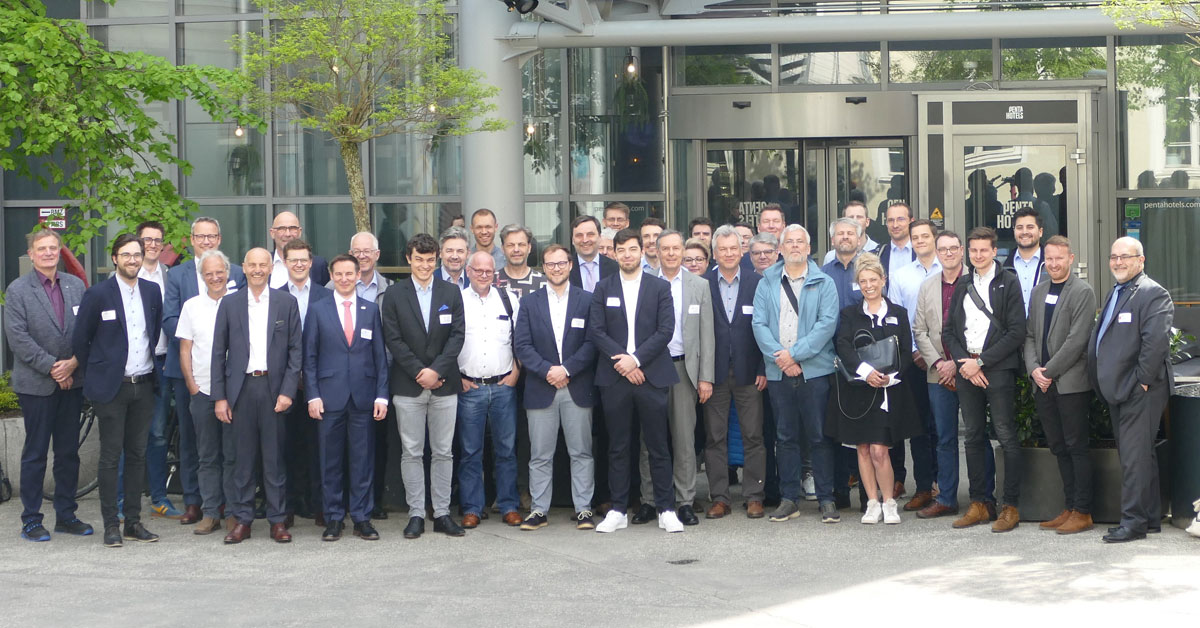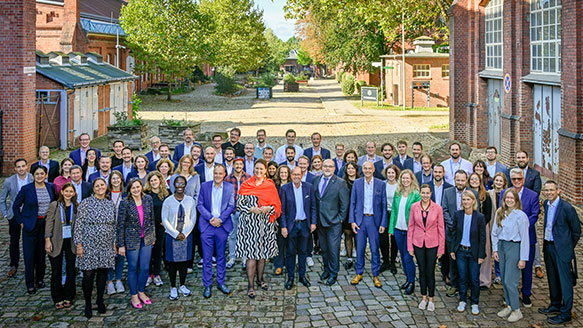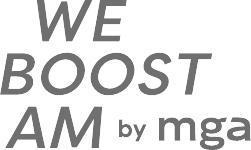90% of global trade takes place by sea. The North Sea and the Baltic Sea are the most heavily trafficked waters on earth. From this point of view, it is only logical that Mobility goes Additive e.V. also positions itself in the maritime sector.
At the Marilight network meeting, the network of maritime lightweight manufacturers, we were able to present the successful work of our members from the Working Group Approval in Rail and show that Additively Manufactured parts are already being used in safety-relevant areas of train traffic.
This technology transfer is what makes MGA special: After all, shipping still offers great potential for Additive Manufacturing, whether in tooling, spare parts or interior fittings.
To contribute to climate protection, shipping must massively reduce its CO² emissions. The transition to alternative propulsion systems in the offshore sector will be exciting. Hydrogen, ammonia (NH³) and methanol are being traded here as energy sources for fuel cells. Materials in Additive Manufacturing should be prepared for these energy sources and should already be examined regarding their resistance (corrosive or chemo-mechanical stress).
But not only commercial shipping holds potentials for AM, also the navy has already developed applications for Additive Manufacturing processes – as presented by Captain Lieutenant Sascha Hartig M.Sc. at our MGA Annual Meeting last year. But this industry offers much more and is waiting for solutions and innovations.
We are excited to see how the cooperation on and off the water will develop and look forward to the next steps with Marilight and other representatives of the maritime industry.




